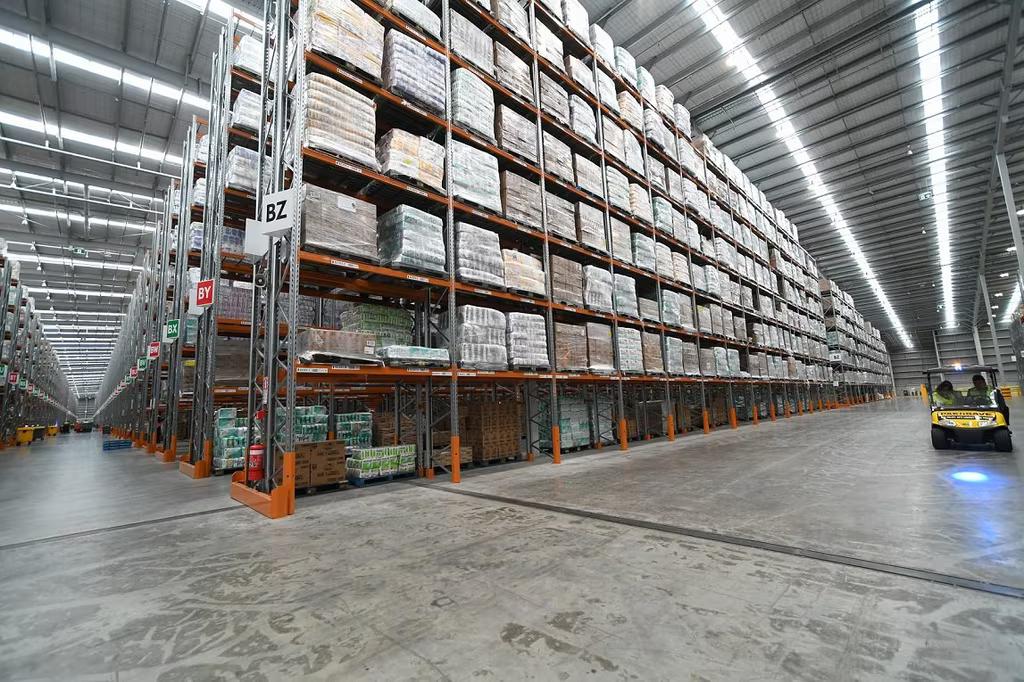
Media Release: Costs from grocery suppliers to supermarkets increase 2.4%pa in July
The moderation in supplier cost increases continues, with the Infometrics-Foodstuffs New Zealand Grocery Supplier Cost Index (GSCI) showing an average 2.4% increase in what suppliers charged Foodstuffs supermarkets for goods in July 2024, compared to a year earlier.
“This annual increase is the slowest since November 2021, but is still higher than the 1.7%pa increase the Index averaged over 2019-2021,” says Infometrics Chief Executive and Principal Economist Brad Olsen. “The continued slowdown in the GSCI is encouraging, although still-high numbers of items increasing in cost pose questions for how sustained this slowdown might be.”
The Infometrics-Foodstuffs New Zealand Grocery Supplier Cost Index (GSCI), commissioned by Foodstuffs New Zealand, measures the change in the list cost of grocery goods charged by suppliers to the Foodstuffs North Island and Foodstuffs South Island co-operatives. The Index utilises detailed Foodstuffs NZ data across over 60,000 products the Foodstuffs co-ops buy to stock in their 500+ stores, making it the largest dataset of its type in New Zealand, to give a real-time view on supplier cost changes.
Every month, the Index tracks what it costs supermarkets to buy the goods to put on the shelf. Previous analysis shows that supplier costs are the major component of supermarket prices, representing two-thirds of the on-shelf price.
“Just over 3,700 items increased in cost in July 2024 from the previous month, more than double the number of items that rose in cost in the same month of 2021,” says Mr Olsen. “This figure was also the highest in half a year, and about the annual average, indicating there are still sizable levels of re-costing ongoing by suppliers. Produce saw the largest number of cost changes, as usual, although liquor, chilled foods, and grocery goods also contributed to the higher number of increases.”
Costs in July 2024 remained higher for all departments compared to July 2023. “Seafood, chilled foods, and butchery departments saw a reacceleration in the pace of annual cost increases, with various cheese, butter, and other dairy products seeing higher costs due to higher global commodity prices,” says Mr Olsen. “Higher butchery costs were led by higher red meat costs. Usual seasonal variations saw tomato costs up, alongside other out-of-season vegetables. In the grocery area, chocolate and cooking oil costs remain higher.”
“Input costs for producers, suppliers, and contributing businesses are still elevated higher, and in some areas are still increasing substantially—like with energy costs. A more than doubling in energy costs in the last year for some operators will put further pressure on suppliers as their costs of production have increased. Input cost changes can take time to flow through into cost decisions by suppliers, meaning the impact may not be immediate.”
ENDS
Note:
The Infometrics-Foodstuffs New Zealand Grocery Supplier Cost Index (GSCI), commissioned by Foodstuffs New Zealand, measures the change in the list cost of grocery goods charged by suppliers to the Foodstuffs North and South Island cooperatives.
List cost refers to the cost suppliers charge retailers before trade spend is applied; trade spend being any form of discount provided by a supplier to allow their goods to be discounted.
The Index utilises detailed Foodstuffs NZ data, across over 60,000 products, analysed by independent economics consultancy Infometrics to produce the GSCI and publish it on a monthly basis. For more details see www.infometrics.co.nz/product/grocery-supplier-cost-index.








